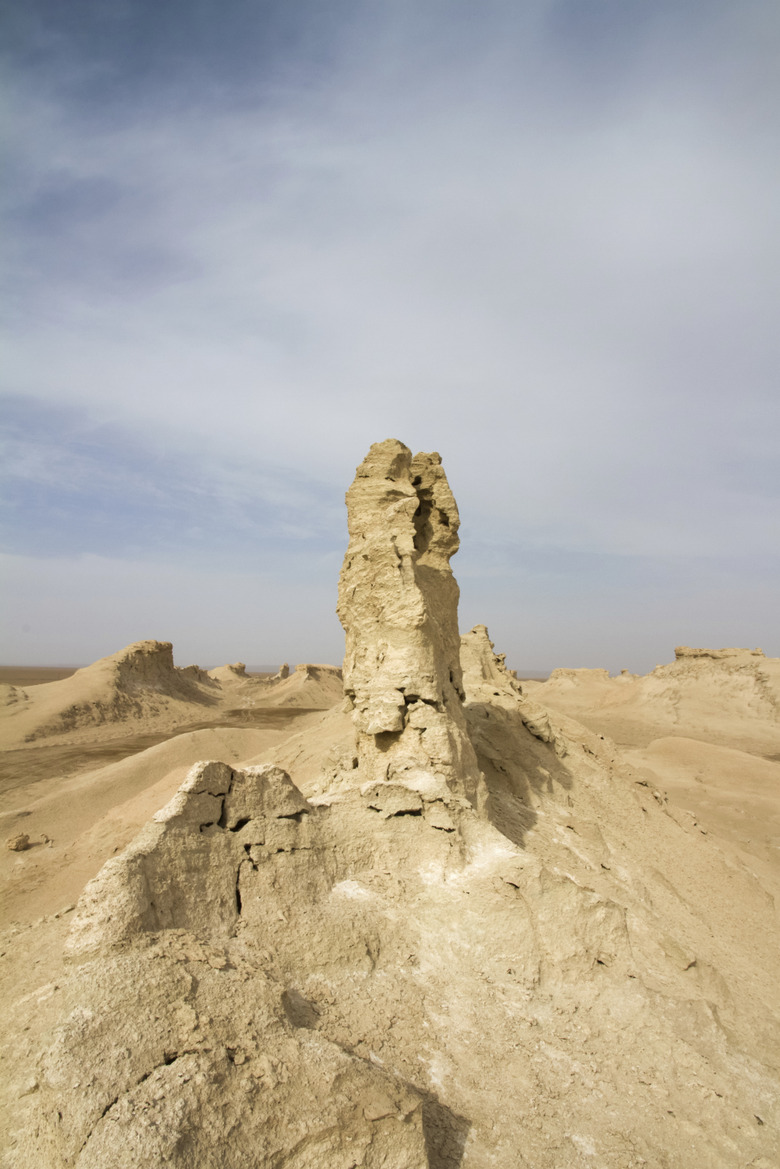Physical Address
Suite 5, 181 High Street,
Willoughby North NSW 2068
Physical Address
Suite 5, 181 High Street,
Willoughby North NSW 2068

When you think of a desert, you may picture mirages, sand dunes and, above all, unrelenting sunshine creating sweltering temperatures. If so, you may need to update your fantasies to include snow, ice and bitterly cold daytime temperatures. About one third of the world’s land surface is covered by deserts, and while many of them are indeed hot, some are bitterly cold. Take, for example, the landmass of Antarctica, which besides being the coldest desert in the world is also the coldest place in earth. Other deserts are hot in summer but cold in winter. In China, the Taklamakan desert temperature in summer can be 90 degrees Fahrenheit (32 degrees Celsius), but in winter it falls to 25F (-4C).
Each of the world’s eight cold deserts hosts its own flora and fauna. To live in the desert environment, plants must be drought-resistant. Animals must be able to conserve water, so they are generally small, because large animals lose too much water through their skins to make desert living possible.
Deserts are dry. The most often cited desert definition is that it is a place that receives less that 10 inches (25 centimeters) of rainfall annually, but some scientists consider twice that amount of rainfall to qualify a region as a desert. According to the latter definition, the Great Basin of North America, which includes parts of Utah, Nevada, Oregon, California, Wyoming and Idaho, qualifies as a cold desert. Some cold deserts are really dry, though. The Atacama desert, the driest desert on Earth, receives only 0.004 in (0.01 cm) of rain every year. That’s hardly enough to even measure.
Besides being dry, deserts are also windy, and that increases the evaporation rate. Moreover, because the air lacks moisture, more ultraviolet sunlight reaches the ground than in other locations. Both these factors create challenging conditions for plant and animal life. The truth about a cold desert is that, even though temperatures may not be excessively hot, dehydrating conditions make survival difficult.
Grasses are the most common vegetation in cold deserts. They tend to grow in clumps known as bunchgrass. Shrubs and brush plants also cover the terrain, such as the sagebrush common in the Great Basin. One of the most interesting, welwitschia (Welwitschia mirabilis), is a unique two-leaved shrub that grows in the Namib Desert in southeastern Africa. It produces colorful cones and grows to heights between 1/2 and 2 meters.
Trees are few, but they do exist. A type of acacia, known as camel thorn (Acacia erioloba) grows in the Gobi desert, and the saxaul tree (Haloxylon ammodendron), a small and bushy tree, grows in the Turkestan desert. Pistachio trees (Pistacia vera) are common in the Iranian desert, and tamarugo trees (Prosopis tamarugo), which produce an edible fruit, grow in the Atacama. Cactus species aren’t as common in the cold deserts as they are in the hot ones, but the giant cardon cactus (Pachycereus pringlei) also grows in the Atacama.
Smaller mammals are more abundant than larger ones and include:
• moles• jerboa• weasels• gerbils• hedgehogs• pocket mice• armadillos• jackrabbits
Reptile life includes many species of lizards, which inhabit many cold deserts. Sidewinders and vipers aren’t as common as they are in hot deserts, but they do live in the Namib desert. No hot desert would be complete without scorpions, but the only cold desert in which they are common is the Iranian desert.